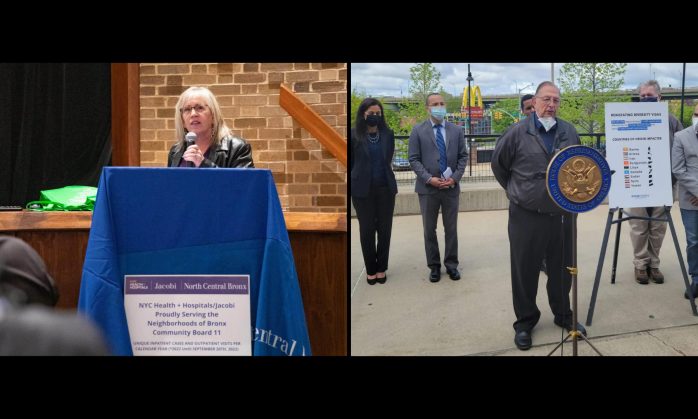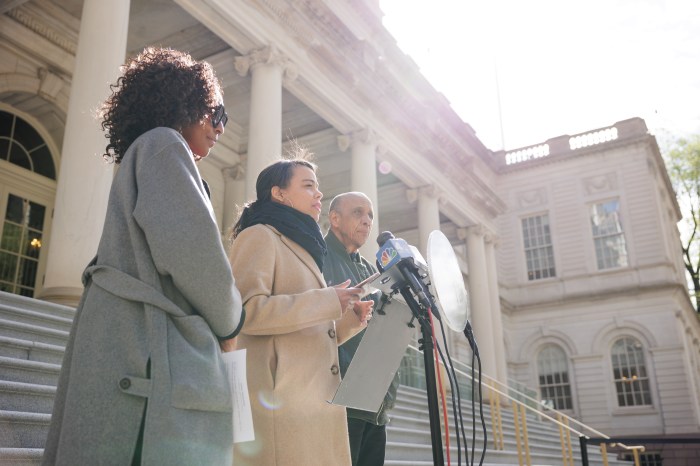Stroll north through the Bronx Zoo and you’ll spy the Russell B. Aitken seabird colony, where cormorants flap and penguins dive for sardines.
Fly south 1,000 miles from Buenos Aires and you’ll spot Patagonia, a windswept South American plateau where wild cormorants and penguins nest. You’ll catch sight of Argentina’s newest coastal park, created last month with help from the Bronx-based Wildlife Conservation Society.
The Golfo San Jorge Park protects Magellanic penguins, Giant petrels, Steamer ducks, Imperial cormorants, right whales and fur seals, plus the endangered Olrog’s gull. It covers approximately 250 square miles of coastal waters and almost 100 miles of shoreline.
According to WCS researchers, active in Patagonia since the 1960s, the region’s seabirds have been increasingly threatened by commercial fishing fleets and oil tankers bound for Buenos Aires. Fishing fleets drag deadly nets; tankers cause water pollution.
“The park protects one of the most productive and extraordinary ecosystems on the planet,” said Dr. Guillermo Harris, who directs WCS’ Argentina Program. “Its creation of this park comes in the nick of time.”
WCS researchers, working with local partner Fundación Patagonia Natural, campaigned for the park and supplied the Chubut provincial government data for its proposal. Argentinean president Cristina Kirchner approved the park in 2007 after visiting Chubut.
The National Congress made it legal on December 4, 2008.
“We’re thrilled this finally happened,” said Dr. Avecita Chicchon, who runs WCS’ Latin America programs from the Bronx. “It wasn’t easy, because of the interests in developing the coast.”
WCS has channeled tens of thousands of dollars into Patagonian research since the 1980s, Chicchon stated.
Magellanic penguins are Golfo San Jorge’s best-known inhabitants. Tuxedo-ed and two feet tall, these curious critters “fly” underwater. Roughly 250,000 pairs of Magellanic penguins nest and feed in the park. According to the International Penguin Conservation Work Group, oil spills off the coast of Argentina kill 40,000 each year.
“They’re curious,” Chicchon said. “I visited a Magellanic penguin colony last February. The birds came up to meet me. When I moved, they ran away.”
Magellanic penguins claim the same burrows for nesting year after year. Black and white striped, they live up to 25 years. Golfo San Jorge is home to 20 percent of the world’s Magellanic penguins. Its small islands also support two colonies of giant petrels. The petrels are so big – weighing up to 17 pounds – they prey on Magellanic penguins.
“The park is remarkable,” said Chicchon. “It contains 40 different types of birds and marine mammals. It’s such a diverse ocean environment.”
The Bronx zoo’s Magellanic penguins and Patagonian gulls were bred in captivity. They’ve never tasted the salty South Atlantic. They’ve never cruised through Argentinean air. But the confined birds are important as well.
“Bronxites can support wildlife conservation abroad by visiting the zoo and our Aiken penguin colony,” Chicchon said.
WCS manages 740,000 acres of wilderness on the Chilean side of Patagonia, part of a major donation of land made by Goldman Sachs in 2004.























